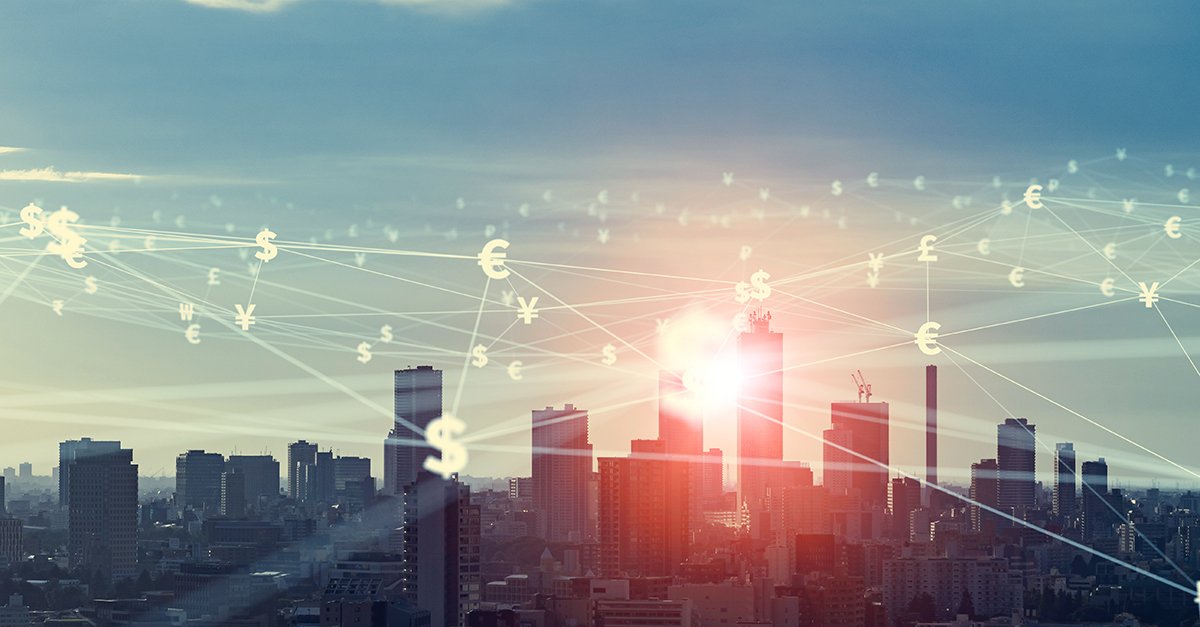Top 5 Payment Opportunities in 2025
As we step into 2025, the world of payments continues to undergo a transformative journey, driven by technological innovation, shifting consumer behaviors, and the ever-evolving regulatory landscape. Businesses and consumers alike are embracing new ways to transact, spurred by advancements in artificial intelligence and blockchain technology and the growing demand for seamless, secure, and instant payment solutions. In this article, we explore the top payment trends shaping 2025 and what they mean for businesses, consumers, and the global economy.
1. Biometric Authentication
The New Standard for Secure Payments
Biometric payment methods—such as facial recognition, fingerprint scanning, or even iris detection—are gaining widespread adoption due to their ability to combine convenience and security.
Details:
Biometric payments eliminate the need for passwords or PINs, significantly reducing fraud risks from lost cards or stolen credentials. For instance, Apple Pay’s Face ID and Samsung Pay’s fingerprint authentication have already paved the way for biometric payment adoption. Future advancements could include voice-activated payments or multi-modal authentication combining fingerprints and facial recognition for extra security.Opportunity:
Businesses can integrate biometric payment options into their systems, such as ATMs, POS terminals, or mobile apps, to offer frictionless and fraud-resistant transactions.Examples:
Retailers like Amazon are already piloting palm-recognition payment systems (e.g., Amazon One), and airports like Dubai International are using facial recognition for seamless travel and payment experiences.Why It Matters:
Biometric payments enhance consumer trust by combining speed and security, meeting the growing demand for seamless and intuitive payment experiences.
2. Digital Currencies and Blockchain Solutions
From Cryptocurrencies to Central Bank Digital Currencies (CBDCs)
Digital currencies are entering the mainstream, offering faster, borderless, and cost-efficient payment options driven by blockchain technology.
Details:
Blockchain eliminates intermediaries in payment processes, reducing costs and transaction times. Cryptocurrencies like Bitcoin and Ethereum offer decentralized payment options, while CBDCs—such as China’s digital yuan—are emerging as government-backed digital alternatives to cash. Stablecoins, pegged to fiat currencies, offer reduced volatility for everyday transactions.Opportunity:
Companies can adopt crypto payment gateways (e.g., BitPay or Coinbase Commerce), partner with blockchain networks to support smart contracts, or prepare for CBDC integration by upgrading their payment infrastructure.Examples:
Tesla briefly accepted Bitcoin for vehicle purchases, and global e-commerce platforms like Shopify enable merchants to accept crypto payments. Governments worldwide, including Sweden and India, are piloting CBDCs to modernize payment systems.Why It Matters:
Digital currencies appeal to tech-savvy consumers, facilitate international transactions without exchange rate issues, and offer cost savings to global businesses seeking financial innovation.
3. Contactless and Wearable Payments
Tap, Swipe, or Wear – Payments on the Go
The popularity of contactless payments through NFC-enabled cards, smartphones, and wearable devices continues to soar.
Details:
Contactless payments provide speed and hygiene benefits. The rise of wearable technology, like smartwatches (e.g., Apple Watch, Fitbit Pay), is transforming how people pay on the go. Emerging trends include payment rings and key fobs embedded with NFC technology.Opportunity:
Retailers can upgrade POS systems to support a wider range of contactless and wearable payment methods. Additionally, brands can collaborate with wearable tech manufacturers to enable exclusive payment functionalities.Examples:
Starbucks offers seamless in-app payment via mobile wallets, and Visa recently launched NFC-enabled payment rings for secure and stylish transactions during events like the Olympics.Why It Matters:
Consumers value quick, touch-free transactions, making these technologies critical for customer satisfaction, retention, and loyalty.
4. Embedded Finance and "Invisible Payments"
Payments That Happen Seamlessly
Embedded finance integrates payment capabilities directly into apps or platforms, creating "invisible" payments for users. This trend drives frictionless, user-centric experiences.
Details:
Invisible payments occur automatically within services without requiring manual input. Examples include ride-hailing apps like Uber or subscription services like Spotify, where payment is seamless and integrated into the user experience. Open Banking APIs also enable faster and more transparent account-to-account payments.Opportunity:
Businesses can leverage APIs or fintech partnerships to embed payment functionalities into their offerings, simplifying transactions for customers and creating recurring revenue opportunities through subscriptions.Examples:
Buy-now-pay-later (BNPL) services like Klarna and Afterpay integrate directly into e-commerce platforms, offering consumers a frictionless checkout experience.Why It Matters:
Frictionless payments drive higher engagement, faster checkouts, and stronger customer loyalty while enhancing operational efficiency for businesses.
5. AI-Powered Payment Optimization
Smarter, More Secure Transactions
Artificial intelligence is transforming payment systems by enhancing security, personalization, and efficiency.
Details:
AI can analyze payment patterns to detect and prevent fraud, optimize payment routing to reduce transaction costs, and provide personalized recommendations for customers based on their spending habits. Predictive analytics can also help businesses anticipate payment failures or delays, improving cash flow management.Opportunity:
Companies can invest in AI-powered fraud prevention tools (e.g., Stripe Radar, Mastercard’s Decision Intelligence), implement chatbots for payment support, and use AI to offer tailored financial products.Examples:
PayPal uses AI to identify suspicious activity in real time, while Amazon’s recommendation engine enhances customer experiences by suggesting relevant add-ons during payment.
Why It Matters:
AI minimizes operational risks, reduces chargebacks, and boosts conversion rates by delivering tailored, efficient payment processes that align with customer expectations.
This year promises to be a pivotal one for the payment industry, as trends that were once on the horizon have now moved to the forefront of adoption. From the rapid expansion of digital wallets to the rise of central bank digital currencies (CBDCs), the payment ecosystem is set to redefine the way we think about money, commerce, and financial inclusion. As your business evolves and grows with these trends, reach out to us at Point Monarch for insights and guidance in navigating best practices and optimized working payment ecosystems.

